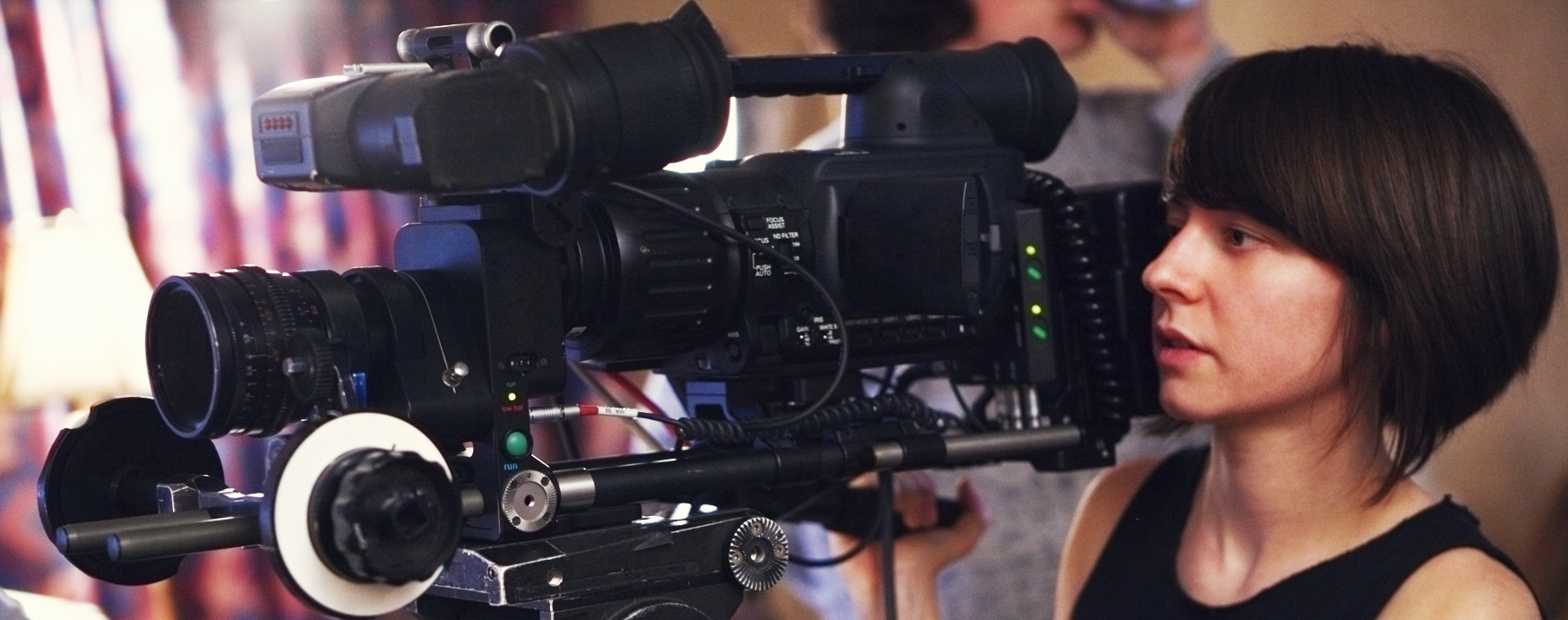The Facts
The disproportionately low number of women working behind the camera in film and TV not only represents an alarming gap in gender parity for women both currently working in the industry, and those still trying to break in, but also severely limits the strength of the collective female voice that can serve to empower the youngest females in our society for generations to come.
FACE the Current Facts: State of the Entertainment Industry
FACE the Past Facts: How We Have (NOT) Changed
FACE the Current Facts: State of the Entertainment Industry
According to two recent studies conducted by the Center for the Study of Women in TV & Film:
• Only 26% of all directors, writers, producers, Executive Producers, editors, and cinematographers combined, working across all platforms of television, were female.
• Only 17% of all directors, writers, producers, Executive Producers, editors, and cinematographers combined, working on major feature films were female.
• 35% of the top 250 domestic-grossing films in 2016 had either one or no women holding any of these positions. By comparison, a mere 2% of those films had one or no men filling those roles.
"The statistics for women at the top of the film industry are worse than those for women in finance."
- Barbara Byrne (Vice Chair of Banking at Barclays and Film Producer)
FACE the Past Facts: How We Have (NOT) Changed
The more things change, the more they stay the same. Although it may seem that there has been a great deal of media coverage on the gender disparity in entertainment, the effects of a potential increase in awareness have not yet been felt.
• In 2016, the combined number of female directors, writers, producers, executive producers, editors and cinematographers on major feature films, declined by 2 percentage points from 2015 and is even with the percentage achieved in 1998. (Center for the Study of Women in TV & Film)
• During the 2015-2016 television season, the totals for females working as creators, directors, writers, producers, EPs, editors, and DPs was the same as in 2006-2007. (Center for the Study of Women in TV & Film)
"There is no evidence to suggest that women’s employment has improved in key behind-the-scenes roles over the last 16 years."
- Martha Lauzen (Center for the Study of Women in TV & Film)
FACE the Impact: Why Does It Matter?
Why does all this matter? Maybe you don’t know anybody who works in entertainment or wants to. But do you know anybody who watches TV? Or likes to go to the movies? Or watch videos online? I think of my 2-year-old daughter. The fact that content is created and produced so much more often by men, severely limits the number of authentic and varied female perspectives that she and the millions of other young girls and boys are exposed to through the entertainment they consume every day.
Female characters appear on a much less frequent basis than they do in the global population as seen by a sample of statistics below:
• Of the top 100 domestic-grossing films of 2016, females comprised only 29% of protagonists, 37% of major characters, and 32% of all speaking roles (Center for the Study of Women in TV & Film)
• Females only comprised 28.3% of characters in Family Films, 38.9% in Prime-time Programs, and 30.8% in Children’s Shows (Geena Davis Institute)
Further augmenting the negative impact of this quantity disparity is the perhaps greater issue of quality inequity. Two studies released by the CFSWTF found that overall:
Male characters were
· more likely than females to be portrayed as leaders
· more likely to have work-oriented goals
Female characters were
· younger than their male counterparts
· more likely to be identified by their marital status
· less likely to be seen at work and actually working
· more likely to have personal goals, such as being in a romantic relationship
The GDI reports found that in Family Films, Prime-Time Programs, and Children’s Shows:
Female characters were
• more likely to wear sexy clothes and show exposed skin (all 3 categories)
• more likely to be referenced as “attractive,” and to have thin bodies (all 3 categories)
• held only 20.3% of the total on-screen occupations (Family Films)
• represented only 25.3% of those employed overall (Children’s Shows)
The GDI report also found that across a sample of 129 G, PG, or PG-13 rated films and 5,839 speaking characters:
• two women played C-Suite (CEO, CFO, COO, etc.) executives in major corporations
• zero women were shown in top jobs in financial, legal, or journalism sectors
• zero women were depicted as powerful American political figures (compared to over 45 men portraying these roles)
• zero female protagonists or co-leads are shown with a STEM career (compared to 14 men)
"[M]edia images exert a powerful influence in creating and perpetuating our unconscious biases."
– Geena Davis (Geena Davis Institute)
"Just like government, our media and entertainment sectors can’t fully serve the public if they aren’t fully inclusive."
- Gale A. Brewer (Manhattan Borough President)
FACE the Positive: When We Hire Women
The solution is clear. We need to do whatever we can to increase the number of women working in all aspects of the entertainment industry. Even small changes, make a big impact.
In a study released by the CFSWTF that compared films with at least one female director against those with exclusively male directors and found that productions in the former group employed overwhelmingly greater percentages of women in behind-the-camera positions (e.g. 64% of writers were female in the former vs. 9% in the latter).
Similar statistics were found in the CSWTF television study for shows with at least one female creator and/or Executive Producer.
Both studies also found that the films and TV shows with at least one woman in those top positions, featured substantially higher percentages of female characters overall, with speaking roles, and as major characters.:
"Saying anything is possible isn’t as powerful as seeing that anything is possible."
- Rachel Ashley (Global Planner at
J. Walter Thompson)

